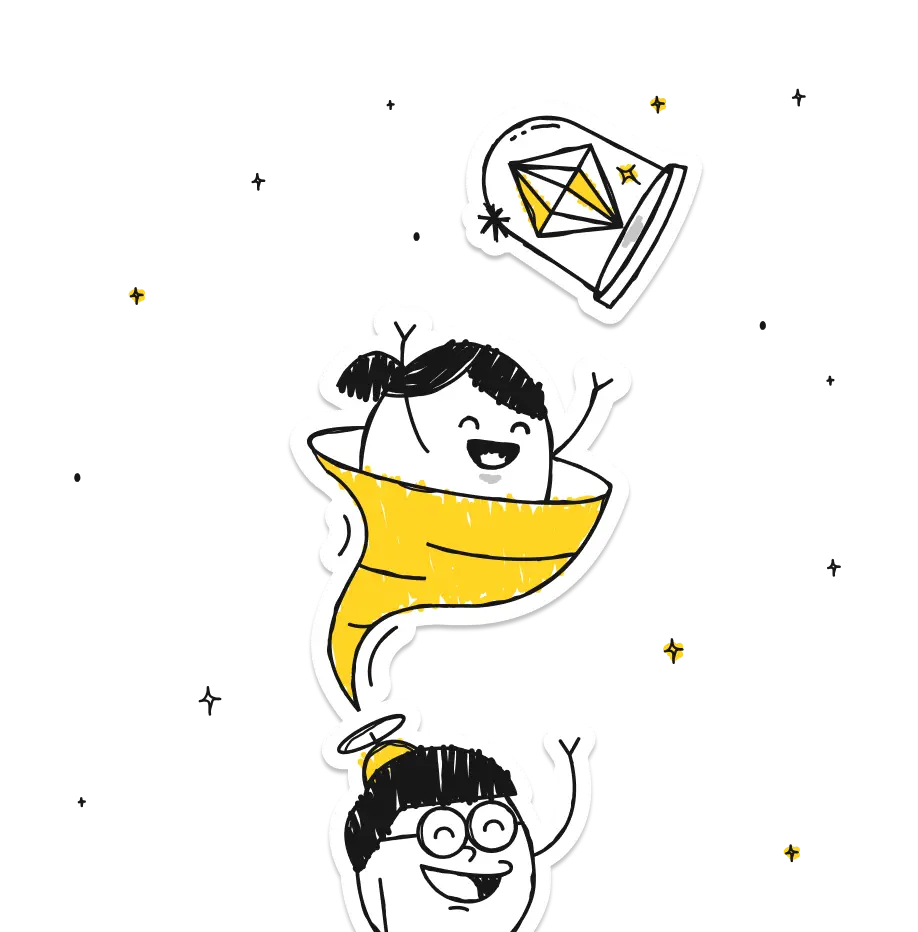Passaporte Natura 2000.
How we gamified exploring the world.
Published in 2022
Recognitions

Gold Award
European Design

Award
iF Design

Gold Award
German Design
Brand Design
Interface Design
Interaction Design
Product Management
Front-end Development
Back-end Development
Services
Website
iOS App
Android App
Deliverables
Team involved
Passport Natura 2000, PN2000 for short, empowers you to unleash your inner Dora the Explorer with a unique gamified experience. C'mon, vamonos!
As a company, we often take low-budget projects whenever we identify with the cause. PN2000 is owned by Palombar, a non-governmental and non-profit Nature Heritage Conservation organisation whose mission is to preserve biodiversity, wilderness, forests, agricultural ecosystems, constructed rural heritage, and traditional crafting techniques.
As a certified BCorp, no other project would make more sense. Anyway, with all this said, on with the project.

What is PN2000, then?
In a nutshell, it is a digital passport for your adventure. As you discover the world's largest network of protected areas, Natura 2000, you'll find QR codes neatly blended in nature that you can scan to collect stamps.

As you collect said stamps and fill in your passport, locations are unlocked, and further information is made available in your App.

Naturally, pun intended, the goal is to collect as many stamps as possible, and, for that matter, there's a leaderboard.
Your passport. Your stamps.
Just like a traditional passport, the more stamps you get, the more places you have been to. This one, though, is split into two zones (for now), Douro International and Santo Adrião Mines. Each of them with their separate set of collectible stamps.

We wanted to make the stamps more than just a piece of the interface and more than just your average badge. We wanted them to be an integral part of the experience, one added element of the gamified experience, a beautiful piece of art that would make you want to unveil more and collect additional stamps.

This is when illustrator Mariana Rio comes in. She created all the stamps and illustrations, and they fit in perfectly. Each stamp is a beautiful illustration that matches one another and exponentiates the App's look and feel, turning it into a perfect blend of interface and illustration.

We wanted the user to feel engaged with their passport, be proud of it, and want to keep stamping it further. At the same time, we didn't want to overdesign it or overuse graphic elements that would create a heavier interface. Instead, we wanted it to live off the illustration and the collectibles rather than the interface itself.

Scanning the codes.
You probably know how to scan a QR, so we won't waste your time explaining how it works. But we want to show you what happens when you do so.
We wanted to create a dramatic interaction that could build anticipation and emphasise the act of collecting a stamp. To make it meaningful, all the details of the animation were carefully thought of, from its motion to its duration. Everything was meticulously refined to make it a grand moment.
Location unlocked.
Each Location has a designated stamp. At first, they won't be there (neither on your passport nor the region detail page). On both pages, there are empty states for uncollected stamps.

As you scan QR codes, empty states will be replaced with stamps and more in-depth content. This is all part of the gamified experience we set ourselves to assemble, designed to create a sense of urgency regarding stamping your passport.

The treasure map.
One cannot simply get on their foot and start searching for QR codes. The Natura 2000 area is huge, and single-handedly looking for them is quite challenging. So we designed a map.

This map contains all the available QR code locations and will help you navigate to them. It is pinchable, and as you do so, clusters of Location will dissipate in favour of more granular ones until you can pinpoint an exact Location pin.
Initially, all the pins are empty (states), but as QR codes are scanned and stamps are collected, they will change into a "completed" state. Upon clicking the Location pins, a widget opens from below, allowing you to navigate to the Location details page.

Offline? No problem.
The App was also built to work offline. Most of the time, PN2000 is used at remote locations, likely with no signal, where there's only you, your phone, and the wilderness.
When users open the App for the first time, it triggers a download of all written content. Not the images, though, as it would take a considerable toll on the user's phone storage, and we want no responsibility for low capacity.
In this scenario, you don't get to experience the beauty of the photography, the stamps, or the illustration, which is sad on one side. However, on the other, it doesn't really matter. You are on-sight. Just enjoy the view instead.
But if you're really keen to cling to your phone and read more about the said site, once a location is unlocked, you'll still have access to all the written content.

What are you looking for?
Please choose an option below
Kota.
Work benefits for modern companies.

Site of the Day
Awwwards

